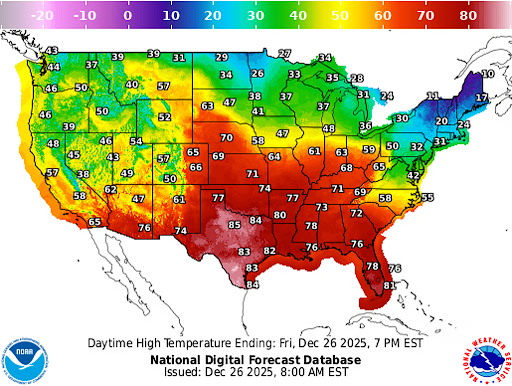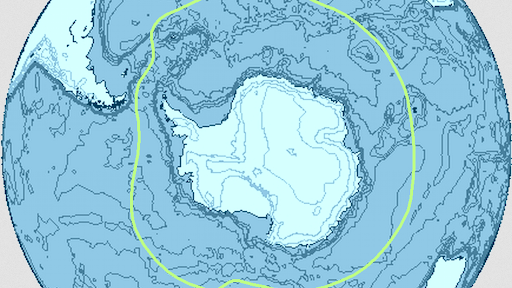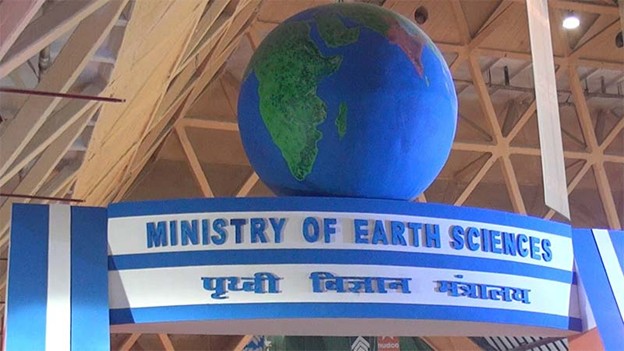Description
Copyright infringement not intended
PC: BBC
Context
Stromatolites are strata of limestone generated mostly by a blue-green algae bloom. They feature thin, alternating light and dark layers and might be flat, hummocky, or dome-shaped.
What are stromatolites?
Stromatolites are layered sedimentary structures formed by the growth of microbial mats. These mats are mostly made up of cyanobacteria, which use photosynthesis to trap sediment and minerals, resulting in unusual layered formations. Stromatolites are among the oldest signs of life on Earth, stretching back more than 3.5 billion years.
Features of Stromatolites
- They are biosedimentary formations formed in shallow marine waters.
- These formations are typically distinguished by thin, alternating bright and dark layers, which might be flat, hummocky, or dome-shaped.
- Stromatolites were common throughout the Precambrian (more than 542 million years ago).
- Although most stromatolites are maritime, some from Proterozoic strata over 2 ½ billion years old are thought to occupy intertidal regions, freshwater ponds, and lakes.
- Living stromatolites can only be found in a few salty lagoons or bays on Earth.
- Chambaghat's stromatolites are part of the Krol Group of sedimentary rocks, which include limestone, shale, and sandstone and were created in a shallow marine environment similar to the Tethys Sea.
- This area was formerly part of Gondwana, a southern supercontinent that comprised India, South America, Africa, and others.
- The Indian plate's northward migration and collision with Eurasia raised marine deposits, including stromatolites, thousands of meters into the sky.
Habitat: Stromatolites thrive mainly in Shark Bay, Western Australia, where high salt levels induced by evaporation keep snails and other critters from consuming the algae, allowing them to develop.
Stromatolite Deposits in India
|
Location
|
Key Geological Feature
|
|
Chitrakoot, Uttar Pradesh
|
Known for columnar stromatolites in Vindhyan limestones.
|
|
Morni Hills, Haryana
|
Features well-preserved stromatolite beds in dolomite formations.
|
|
Mussoorie and Nainital, Uttarakhand
|
Sites in the Krol Belt showcasing Precambrian marine sedimentation.
|
|
Jaisalmer Fossil Park, Rajasthan
|
A protected area highlighting a range of Mesozoic fossils, including marine life.
|
|
Dharwar Supergroup, Karnataka
|
Neoarchean stromatolites in the Chitradurga schist belt, over 2.6 billion years old.
|
|
Bhima Basin, Karnataka
|
Precambrian stromatolites preserved in shallow marine limestones.
|
Significance of Stromatolites
- Insights into Early Life: Stromatolites provide direct evidence of ancient microbial populations, providing light on Earth's early ecosystem.
- Environmental Reconstruction: They help scientists rebuild previous climates, ocean chemistry, and atmospheric conditions.
- Astrobiological Significance: The study of ancient stromatolites helps to further the hunt for potential life on other worlds, like Mars.
Source: Indian Express
|
Practice Question:
Q. With reference to Stromatolites, consider the following statements:
- Stromatolites are layered sedimentary formations created by the activity of microorganisms.
- They provide evidence of some of the earliest life forms on Earth.
- Stromatolites are exclusively found in marine environments formed during the Mesozoic Era.
Which of the statements given above is/are correct?
(a) 1 and 2 only
(b) 2 and 3 only
(c) 1 and 3 only
(d) 1, 2 and 3
Correct Answer: (a) 1 and 2 only
Explanation:
- Statement 1 is correct: Stromatolites are layered bio-chemical accretionary structures formed by the trapping, binding, and cementation of sedimentary grains by microorganisms, particularly cyanobacteria.
- Statement 2 is correct: Stromatolites represent some of the earliest evidence of life on Earth, dating back over 3.5 billion years.
- Statement 3 is incorrect: Stromatolites are not exclusive to marine environments and are found in both marine and non-marine (e.g., lake) settings. They originated long before the Mesozoic Era, mostly in the Precambrian Eon.
|









